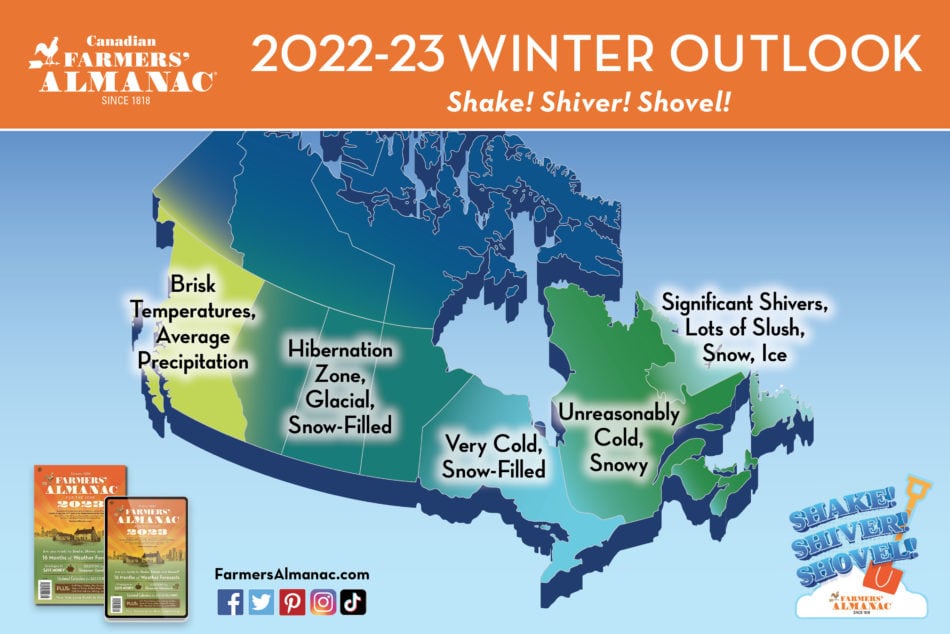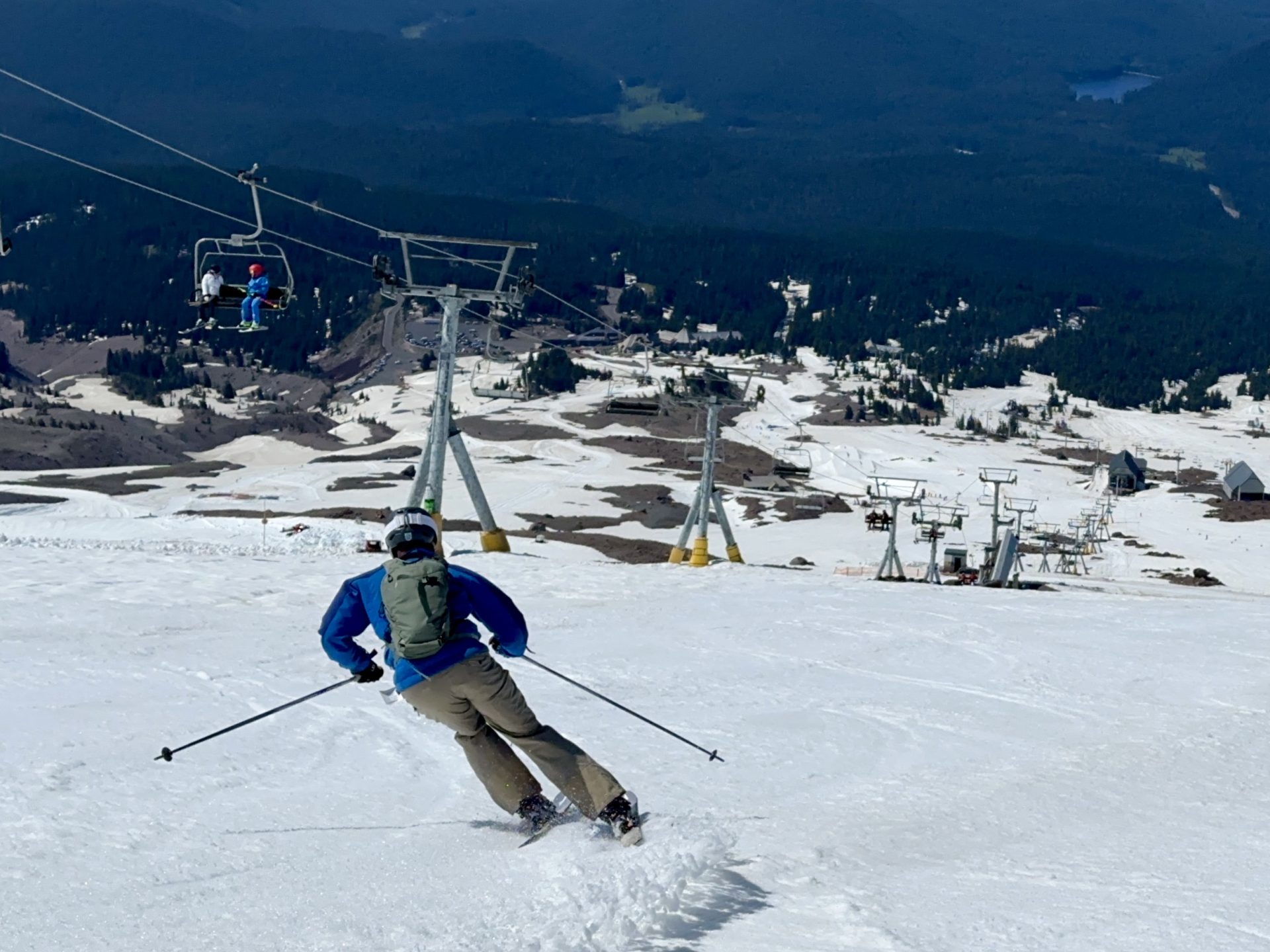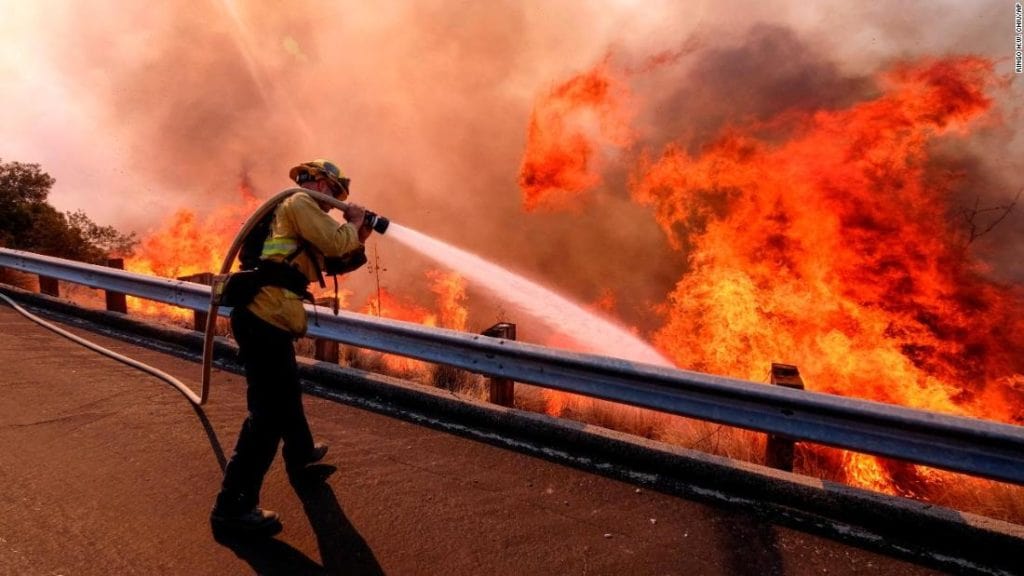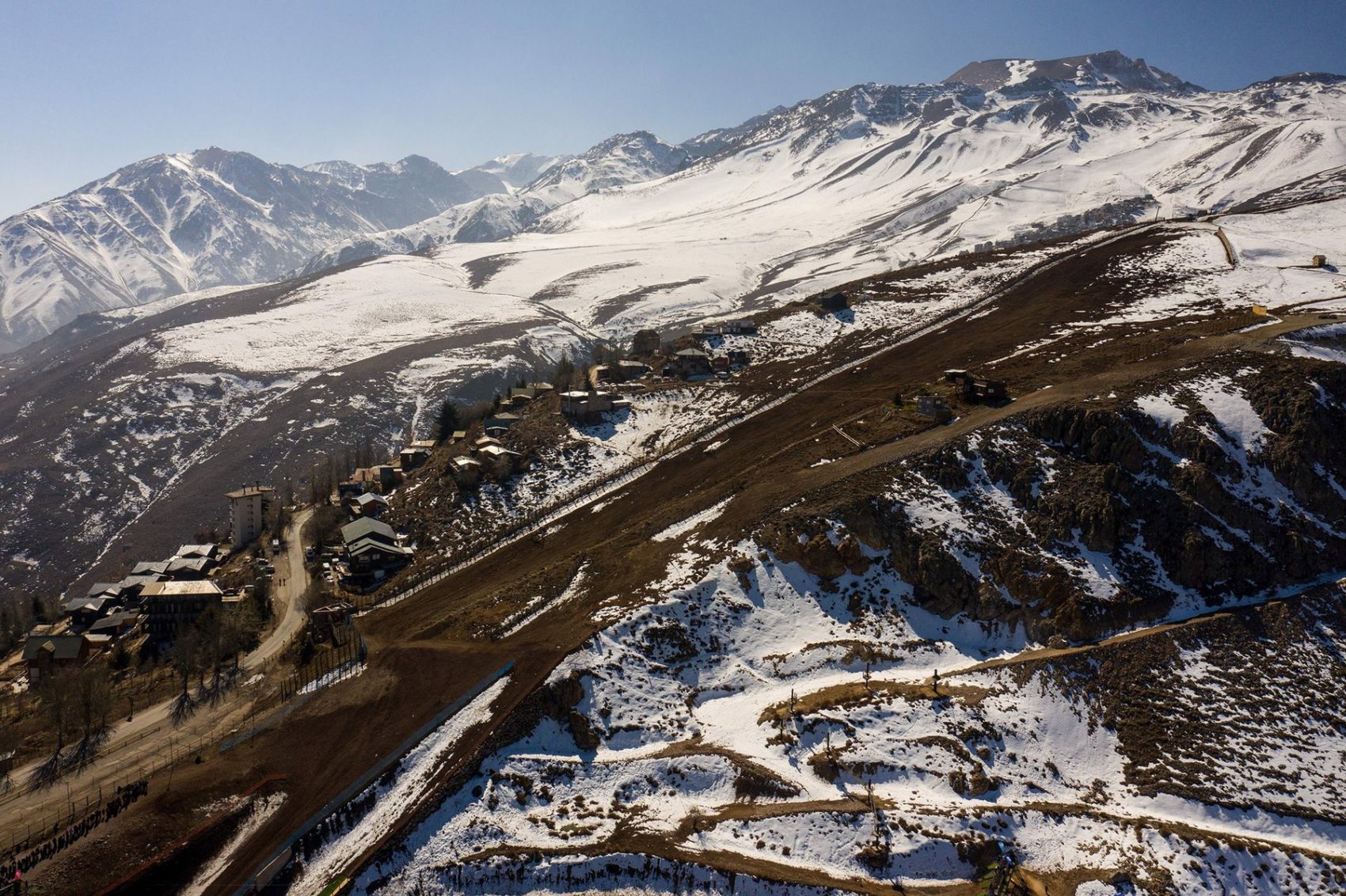
With the Andes Ski season drawing to a close it seems for many as though winter never really arrived. While Snowbrains found snow in Bariloche, and Argentina presented more welcome images of powder, the southern winter was a far call from a “regular” winter.
A decade-long mega drought intensified this year in the Andes mountains above Santiago, limiting snowfall to just a few days and dealing a blow to an industry that attracted 1.4 million visitors last year. – Bloomberg
As the season developed there was always hope of the big storm that would save the season. Yet that storm never came for most of Chile as well as parts of Argentina. Similar to the American West Coast’s multi-year drought the ski industry has taken a significant hit.
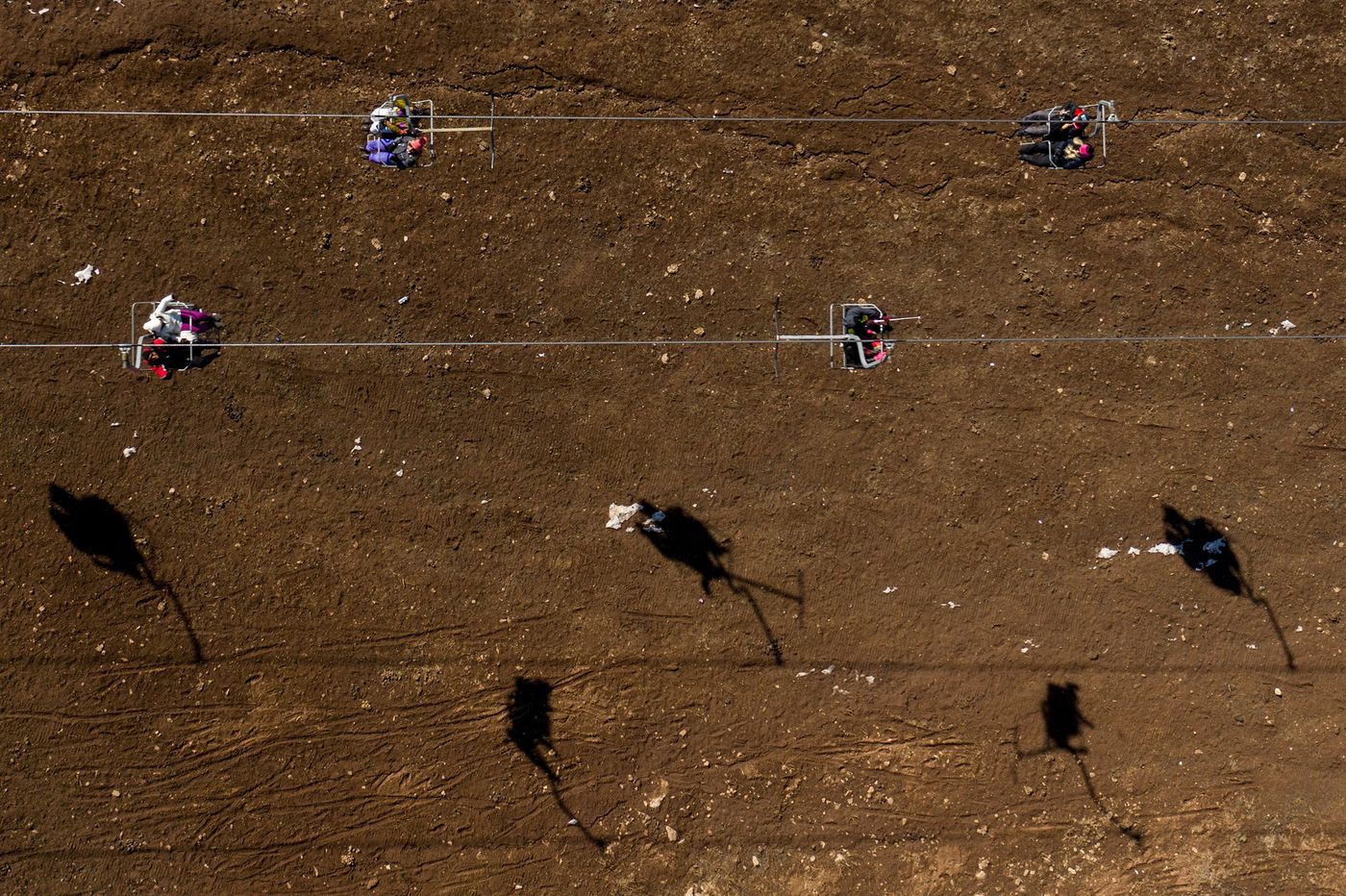
For the well-known ski area Las Leñas, closing came early on September 7th, roughly a month before the usual October date. As a benchmark for other south American ski areas, Las Leñas was representative for the fact that larger infrastructure couldn’t even save winter.
Legendary Las Lenas, Argentina Will CLOSE on September 7th Due To Lack of Snow…
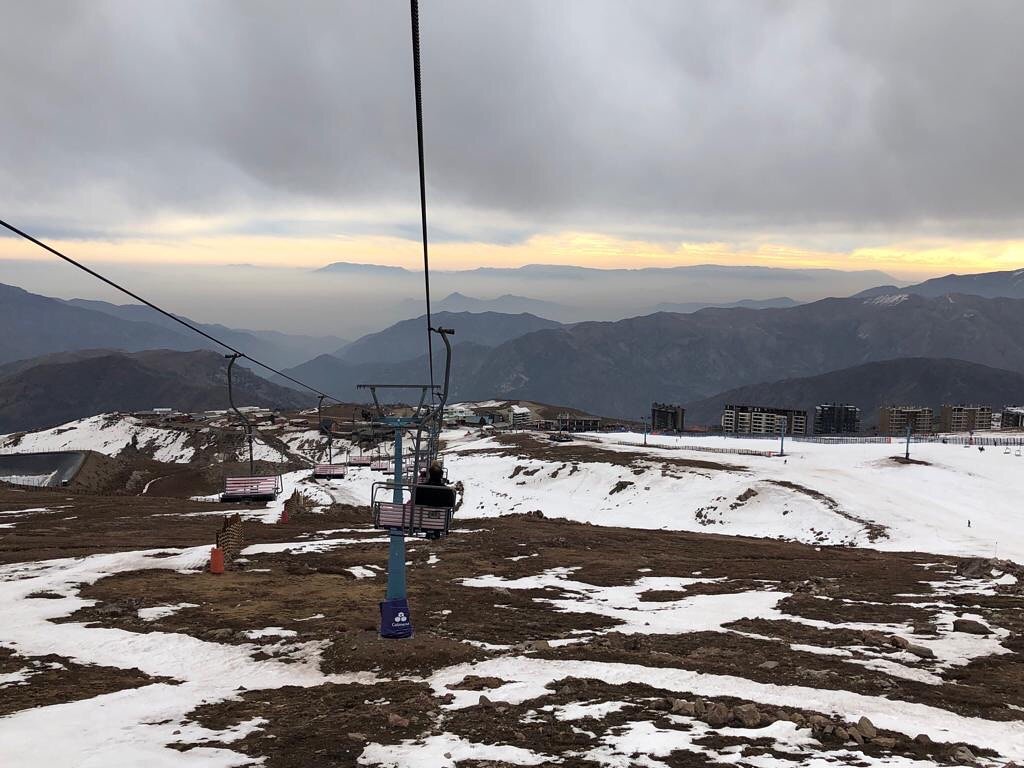
Farellones, Chile, closed on September 9th, almost a month early. With limited snow cover, resorts often invest more in snow production equipment to prolong their season.
Unfortunately, 2019 was effectively a repeat of 2018, with conditions for many ski areas being even worse. Each season, the list of early closures goes on as the drought only seems to intensify.
- Related: Ski Portillo Chile Closed For The 2018 Season On Sunday | Tough Season For The Central Andes
All across the Andes, the dwindling season length has threatened various operations. Reminiscent of California’s multi-year drought the industry is at risk. As shown in Bolivia, the highest ski resort on earth has seen consistent glacial retreat effectively ending their operation.
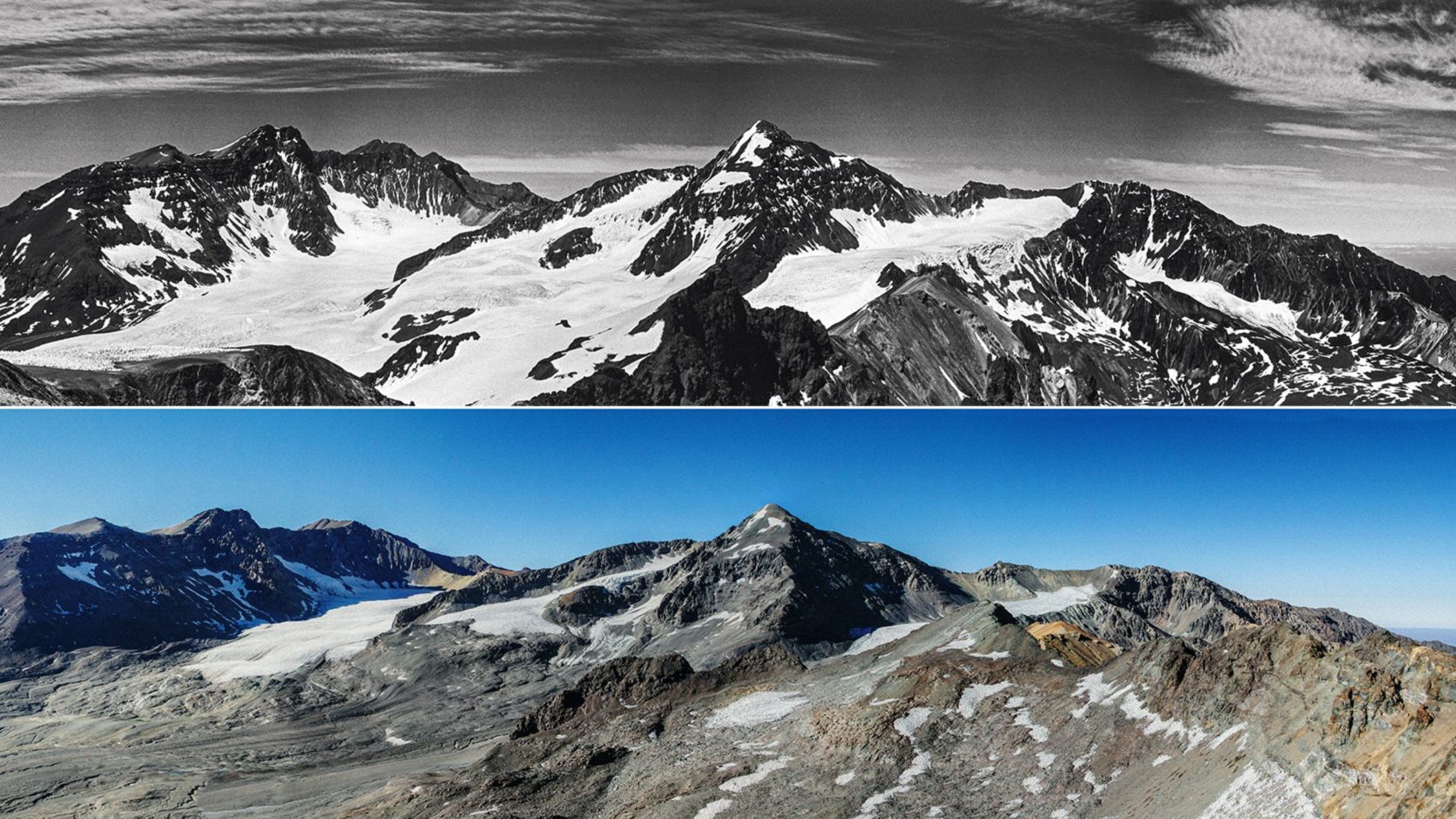
While Glaciers retreat and weather patterns become more unstable, the search for snow becomes more and more difficult. Skiing as we know it is changing. Similarly, places dependent on snow as a resource are struggling.
“The authorities have already declared a drought emergency in four regions in central Chile, home to over two thirds of the country’s population”
Effectively, 10 years of drought are having a significant effect on the southern snowsports industry. To survive, resorts are closing or joining conglomerates and shifting toward dry weather sports such as mountain biking.
While long term trends are hard to ignore, the American West has seen a positive and unexpected change in weather patterns in the last few years. The same is a possibility for the south.

